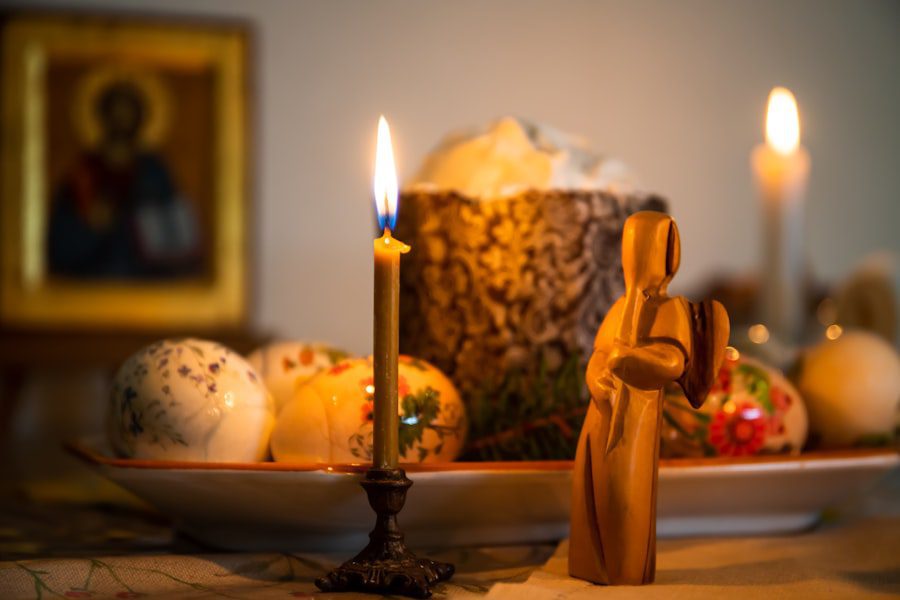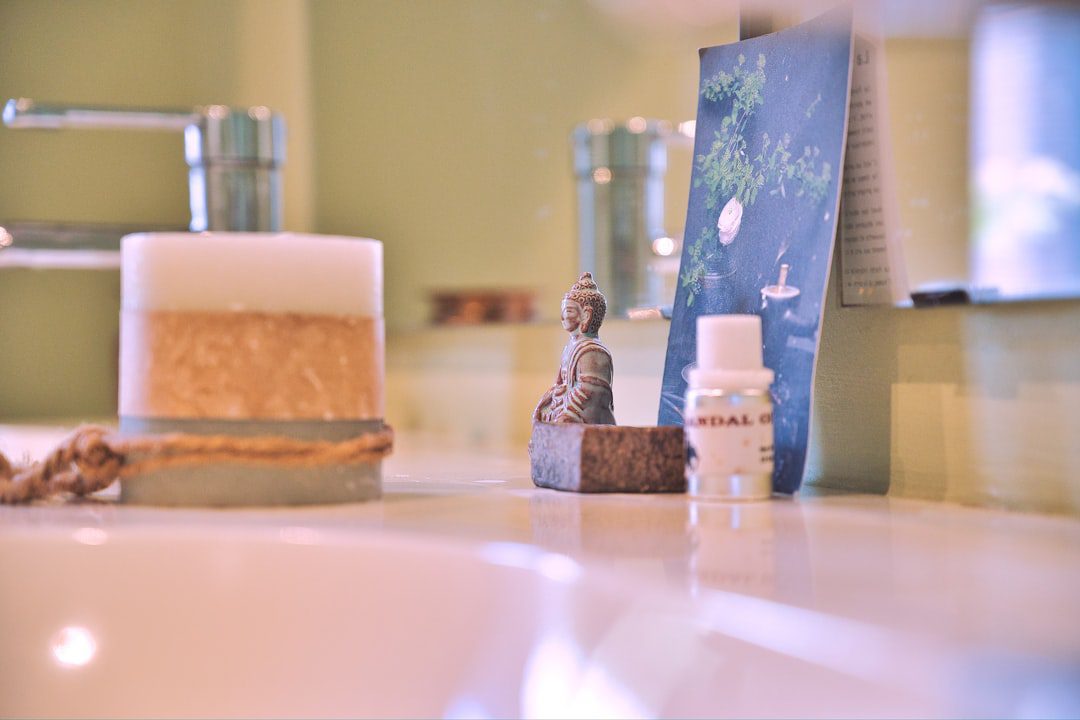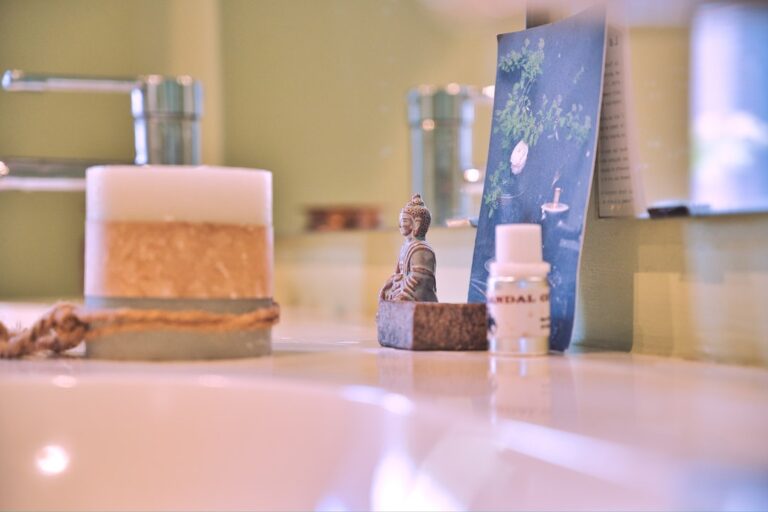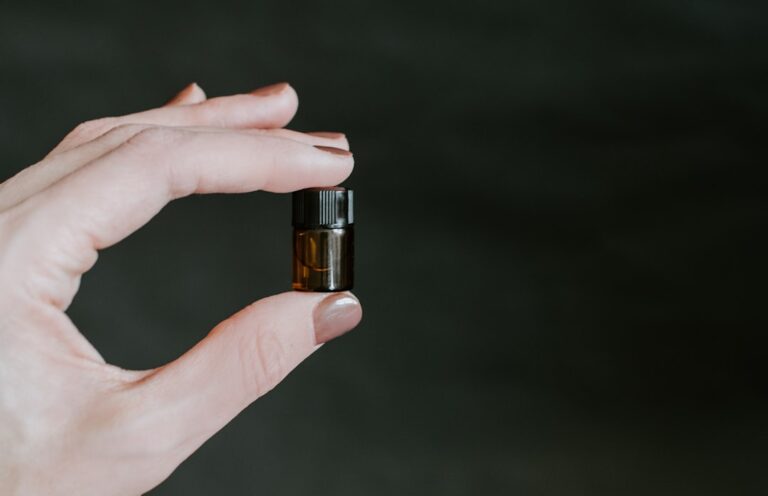The role of candles in creating a peaceful environment for yoga practice.
The use of candles in yoga practice can be traced back to ancient traditions where light was seen as a symbol of knowledge, purity, and spiritual awakening. In many Eastern philosophies, including Hinduism and Buddhism, light represents the divine and the illumination of the mind. Candles were often used in temples and during rituals to create a sacred space conducive to meditation and reflection.
The flickering flame of a candle serves as a focal point, drawing practitioners into a deeper state of awareness and mindfulness. This historical context highlights the significance of candles not merely as decorative items but as tools for enhancing spiritual practices. As yoga evolved and spread across the globe, the incorporation of candles into personal practice became more prevalent.
In modern yoga studios, candles are often lit to create an inviting atmosphere that encourages relaxation and introspection. The soft glow of candlelight can transform a stark room into a sanctuary, allowing practitioners to disconnect from the outside world and connect with their inner selves. This historical lineage underscores the enduring relationship between light and spiritual practice, illustrating how candles have been integral to fostering a sense of peace and tranquility throughout the ages.
Key Takeaways
- Candles have been used in yoga practice for centuries, with roots in ancient Indian traditions.
- Using candles in yoga can help create a calming and peaceful atmosphere, aiding in relaxation and focus.
- When choosing candles for yoga, opt for natural, non-toxic options like beeswax or soy, and consider unscented or lightly scented varieties.
- The best placement for candles in yoga is around the practice space, creating a soft, ambient light without being a distraction.
- Scented candles can be used to enhance the yoga experience, with calming scents like lavender or chamomile promoting relaxation.
The benefits of using candles in yoga
Incorporating candles into yoga practice offers numerous benefits that enhance both the physical and mental aspects of the experience. One of the primary advantages is the creation of a calming ambiance. The gentle flicker of candlelight can help to reduce stress and anxiety, promoting a sense of serenity that is essential for effective yoga practice.
This tranquil environment encourages deeper breathing and relaxation, allowing practitioners to fully immerse themselves in their movements and meditative states. The visual appeal of candlelight can also serve as a reminder to remain present, helping individuals to focus on their breath and body rather than external distractions. Moreover, candles can play a significant role in setting intentions during yoga sessions.
Many practitioners use candles as symbols of their goals or aspirations, lighting them at the beginning of their practice to signify a commitment to personal growth or mindfulness. This ritualistic aspect can deepen the emotional connection to the practice, making it more meaningful. Additionally, the act of lighting a candle can serve as a transition from the chaos of daily life into a more centered state, marking the beginning of a sacred time dedicated to self-care and introspection.
How to choose the right candles for your yoga practice
Selecting the appropriate candles for yoga practice involves considering several factors, including size, type, and scent. When it comes to size, smaller candles are often preferable for personal practice, as they can be easily placed on a mat or nearby without taking up too much space. Tealight candles or small votives are excellent choices because they provide sufficient light without overwhelming the senses.
For group classes or larger spaces, pillar candles can create a more dramatic effect while still maintaining a soothing atmosphere. The type of candle is equally important. Natural wax candles, such as those made from soy or beeswax, are preferable due to their cleaner burn and lower levels of harmful chemicals compared to paraffin candles.
These natural options not only produce less soot but also contribute to better air quality during practice. Additionally, consider the wick material; cotton wicks are often recommended for their clean-burning properties. Lastly, when choosing scented candles, it is essential to select fragrances that promote relaxation and focus, such as lavender or sandalwood, rather than overpowering scents that may distract from the practice.
The best candle placement for creating a peaceful yoga environment
The placement of candles within a yoga space can significantly influence the overall atmosphere and energy of the practice. Ideally, candles should be positioned at eye level or slightly below to create an inviting glow without causing glare or discomfort. Placing them on stable surfaces such as shelves or tables ensures safety while allowing their light to permeate the space effectively.
A common practice is to arrange candles in a circular formation around the mat, symbolizing unity and wholeness while providing an enveloping light that enhances focus. In addition to physical placement, consider the arrangement in relation to the flow of energy within the space. Candles can be strategically placed at corners or along pathways leading to the mat, guiding practitioners into a serene environment.
It is also beneficial to avoid placing candles directly in front of windows or drafty areas where they may flicker excessively or extinguish unexpectedly. By thoughtfully considering both aesthetics and safety in candle placement, practitioners can cultivate an environment that fosters tranquility and mindfulness throughout their yoga sessions.
Using scented candles to enhance your yoga experience
Scented candles can elevate the yoga experience by engaging the sense of smell, which is closely linked to memory and emotion. The right fragrance can evoke feelings of calmness and clarity, enhancing focus during practice. For instance, lavender is renowned for its relaxing properties and can help reduce anxiety levels, making it an ideal choice for restorative yoga sessions.
Similarly, eucalyptus can invigorate the senses while promoting respiratory health, which is particularly beneficial during pranayama (breath control) exercises. When incorporating scented candles into yoga practice, it is crucial to choose high-quality options made from natural ingredients. Synthetic fragrances can be overwhelming and may contain harmful chemicals that detract from the overall experience.
Opting for essential oil-infused candles ensures that practitioners benefit from aromatherapy while enjoying the soothing ambiance created by candlelight. Additionally, consider personal preferences when selecting scents; what may be calming for one individual could be distracting for another. Experimenting with different fragrances can help practitioners discover what resonates best with their unique practice.
Candle safety tips for yoga practice
While candles can enhance the yoga experience, safety should always be a top priority when incorporating them into practice. One fundamental rule is to never leave burning candles unattended; this applies not only during practice but also when preparing the space beforehand. It is advisable to extinguish any lit candles before leaving the room or transitioning into more dynamic poses that may inadvertently disturb them.
Another essential safety measure involves ensuring that candles are placed on stable surfaces away from flammable materials such as mats or clothing. Using candle holders designed specifically for stability can further reduce risks associated with tipping or spilling wax. Additionally, practitioners should be mindful of their proximity to open flames during poses that involve bending or twisting; maintaining a safe distance helps prevent accidental contact with flames or hot wax.
By adhering to these safety guidelines, individuals can enjoy the benefits of candlelight without compromising their well-being.
Incorporating candle meditation into your yoga routine
Candle meditation is a powerful technique that combines mindfulness with the calming effects of candlelight. This practice involves focusing on the flame of a lit candle while allowing thoughts to come and go without attachment. To incorporate candle meditation into a yoga routine, practitioners can begin by setting up their space with one or more candles positioned at eye level.
After lighting the candle(s), individuals should take a few moments to settle into their breath before directing their attention toward the flame. As thoughts arise during meditation, practitioners are encouraged to acknowledge them without judgment and gently return their focus to the flickering light. This process cultivates concentration and presence while fostering a sense of inner peace.
Candle meditation can be integrated at various points within a yoga session—before beginning as a grounding exercise or after completing physical postures as a way to transition into stillness. This mindful approach not only enhances self-awareness but also deepens the overall experience of both meditation and yoga.
Other ways to use candles to create a peaceful atmosphere for yoga
Beyond traditional use during practice, there are numerous creative ways to incorporate candles into a peaceful yoga environment. One approach is to create themed sessions centered around specific intentions or emotions by selecting corresponding candle colors and scents. For example, using green candles associated with healing energy alongside eucalyptus-scented options can enhance restorative practices focused on recovery and rejuvenation.
Another innovative method involves utilizing candles in combination with other elements such as crystals or plants to amplify energy within the space. Placing crystals known for their calming properties near lit candles can create an even more harmonious atmosphere conducive to meditation and reflection. Additionally, incorporating natural elements like plants not only enhances aesthetics but also contributes to improved air quality—further enriching the overall experience.
In conclusion, integrating candles into yoga practice offers multifaceted benefits that enhance both physical movement and mental clarity. From historical significance to practical applications in modern routines, candles serve as powerful tools for creating serene environments conducive to mindfulness and self-discovery. By thoughtfully selecting appropriate candles, ensuring safety measures are in place, and exploring various ways to incorporate them into practice, individuals can cultivate an enriching experience that resonates deeply within their personal journey toward well-being.
Candles play a crucial role in setting the mood for a peaceful yoga practice, as they can help create a calming and serene environment. In addition to enhancing the ambiance, scented candles can also contribute to the overall experience by adding a pleasant fragrance to the room. For those interested in exploring the world of scented candles, an article on Crafters Buzz provides valuable insights into the benefits of using scented candles as a home fragrance essential. Furthermore, individuals looking to create their own eco-friendly candles can find helpful tips and techniques in another article on Crafters Buzz. Whether you are interested in the art of candle-making or simply want to learn how to draw a candle flame, there are plenty of resources available to help you enhance your yoga practice with the soothing glow of candles.
FAQs
What is the role of candles in creating a peaceful environment for yoga practice?
Candles are often used in yoga practice to create a calming and peaceful atmosphere. The soft, flickering light can help to promote relaxation and focus, making it easier to connect with the breath and the present moment.
How do candles contribute to a peaceful environment during yoga practice?
Candles can contribute to a peaceful environment during yoga practice by providing a gentle, warm light that helps to reduce distractions and create a sense of tranquility. The soft glow of the candles can also help to set the mood for a meditative and introspective practice.
What types of candles are commonly used in yoga practice?
Common types of candles used in yoga practice include unscented beeswax or soy candles, as they are natural and produce a clean, steady flame. Some practitioners also use candles with calming scents such as lavender or sandalwood to enhance the overall experience.
Are there any safety considerations when using candles in a yoga practice?
It is important to place candles in a safe location, away from any flammable materials and where they cannot be knocked over. Practitioners should also be mindful of any allergies or sensitivities to scents when choosing candles for their practice. Additionally, it is important to never leave candles unattended and to extinguish them before leaving the practice space.













